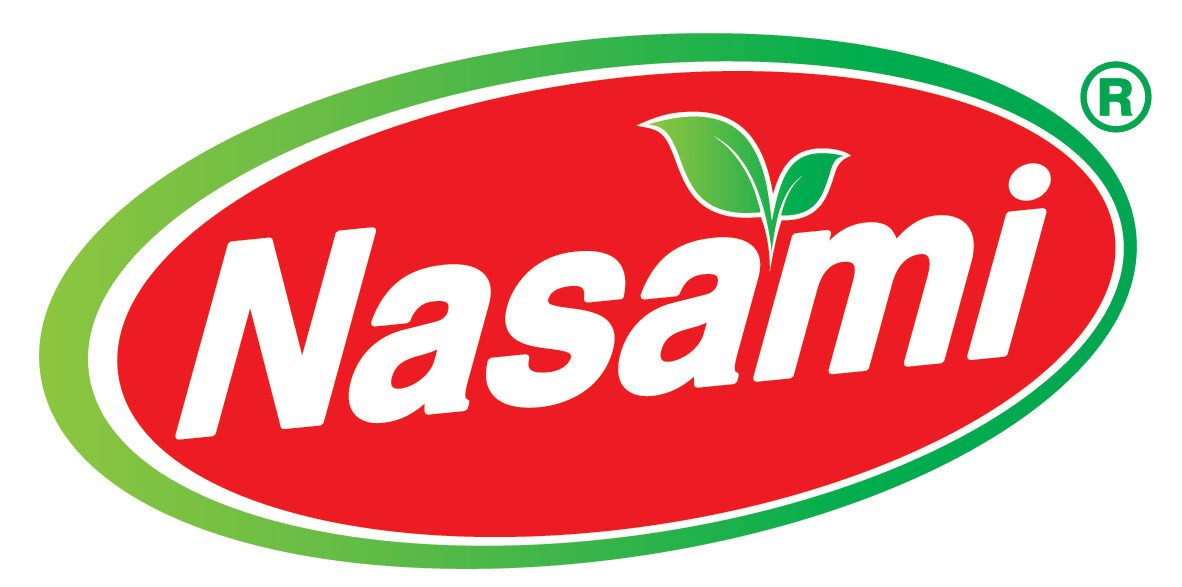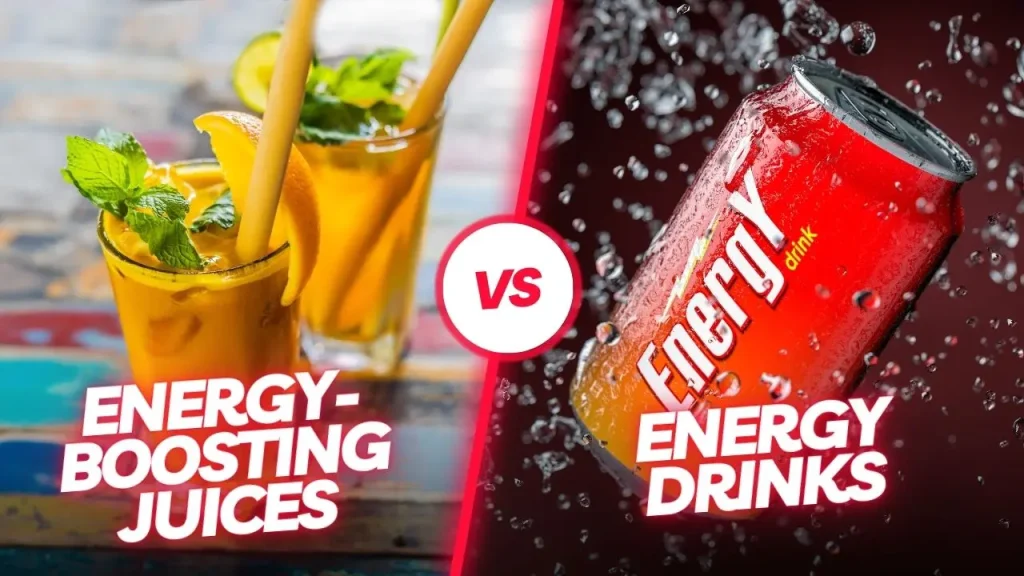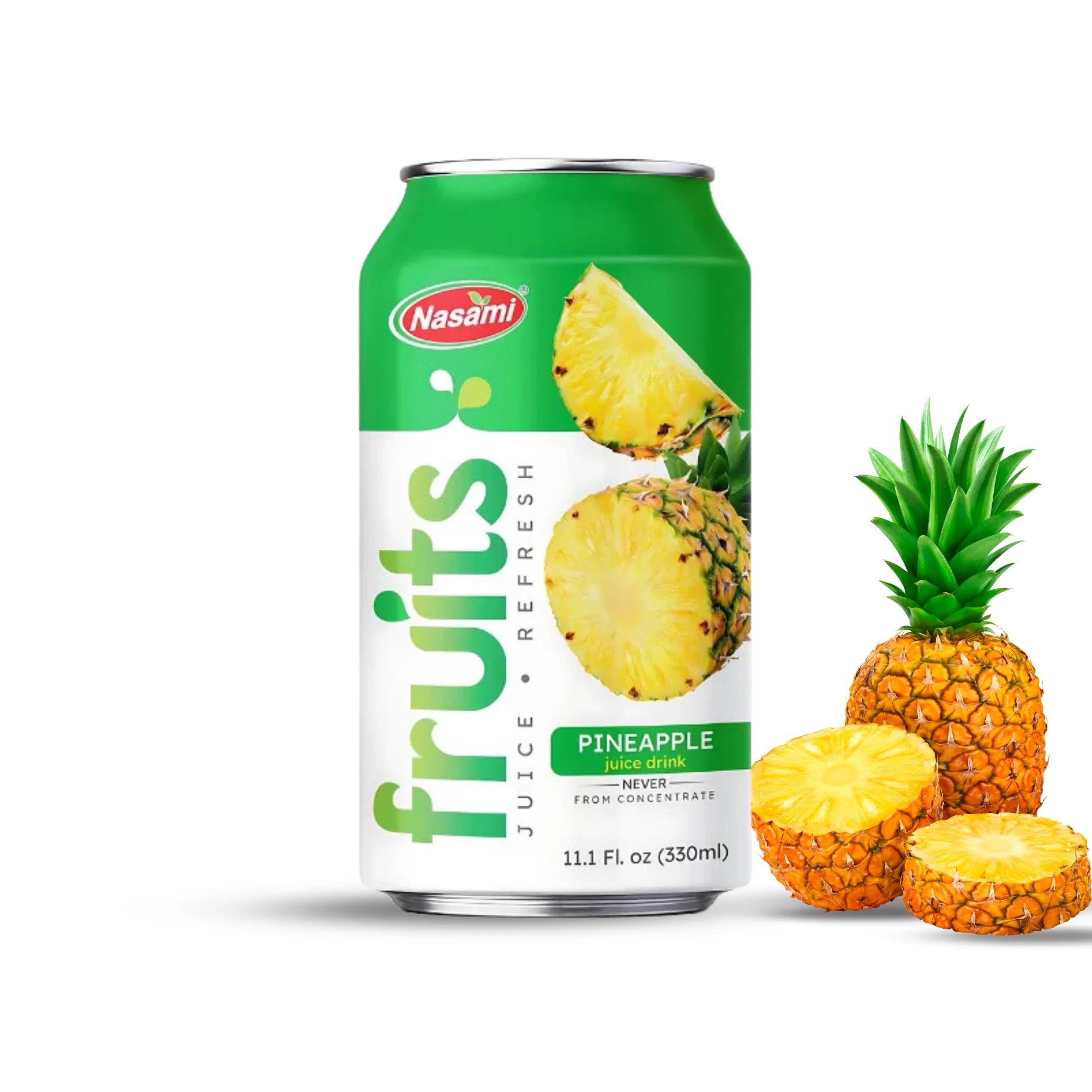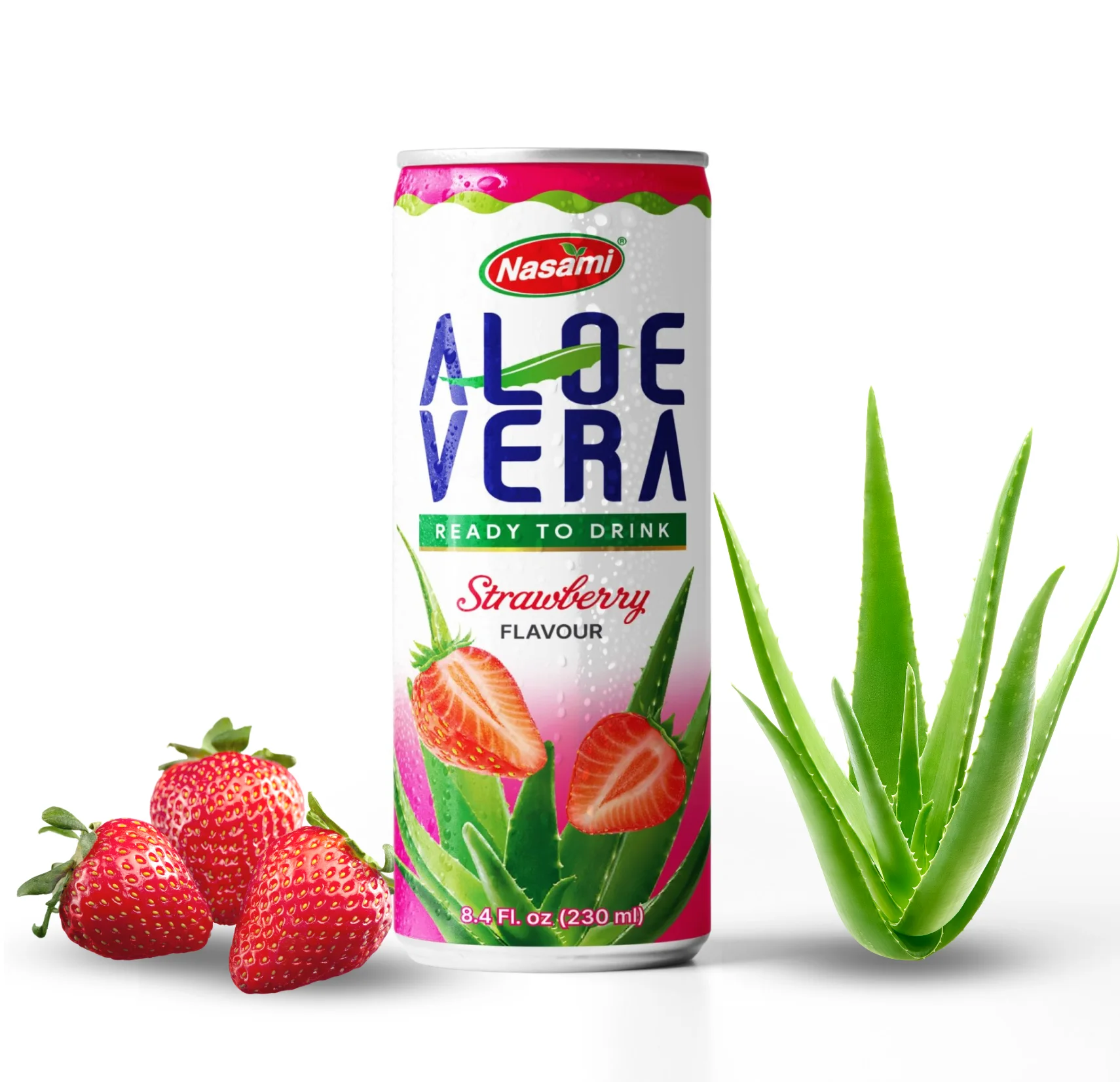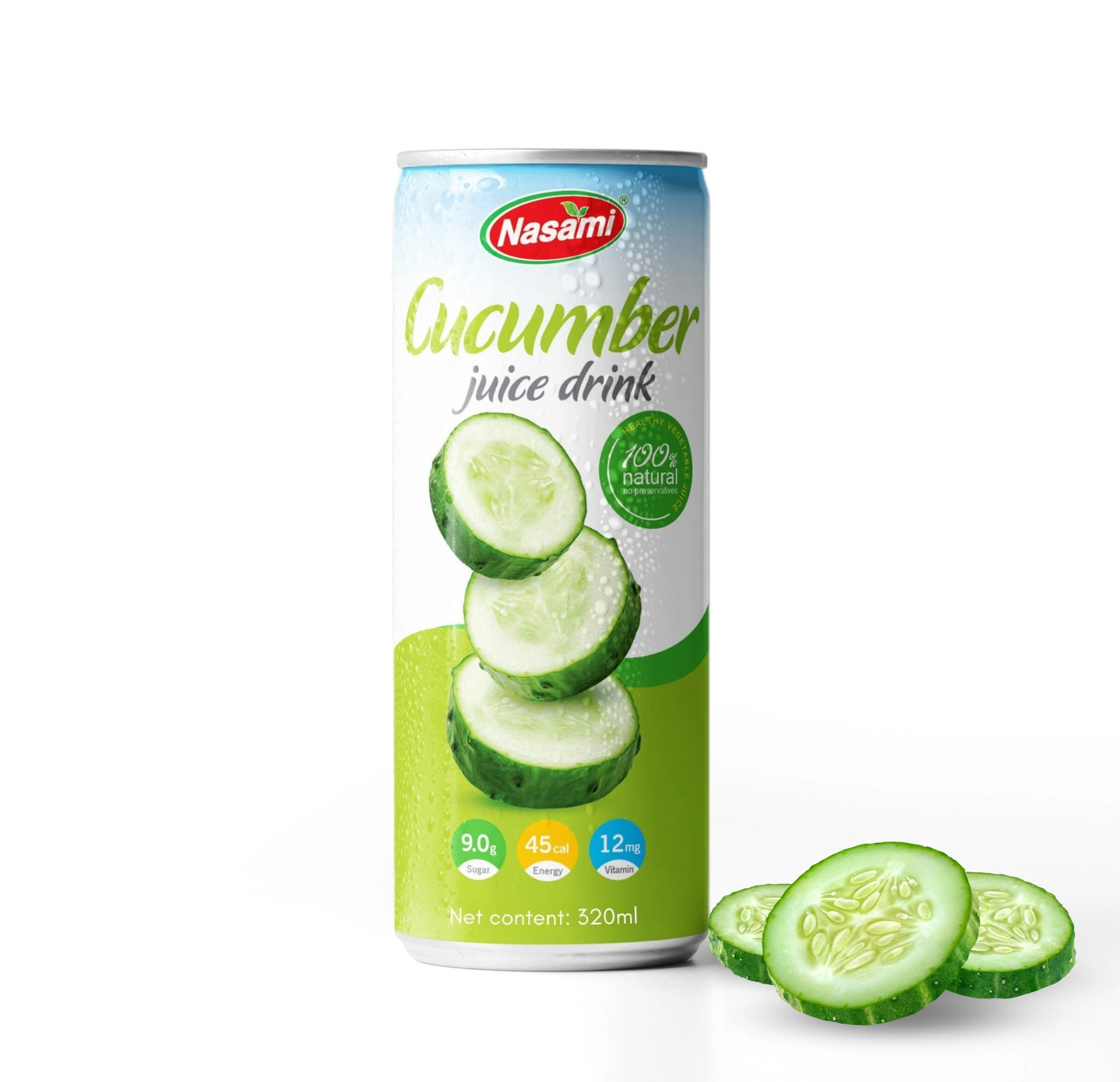Comparing Energy-Boosting Juices vs. Commercial Energy Drinks.
In the bustling world of energy-boosting options, consumers often find themselves at a crossroads between natural energy-boosting juices and commercial energy drinks. Both categories claim to invigorate our bodies, sharpen our minds, and propel us through demanding days.
Table of Content
ToggleHowever, the differences in their composition, benefits, and potential drawbacks merit deeper exploration. Let’s dissect these two entities, considering the nuanced implications of each choice.
Nutritional Composition: The Foundation of Energy
Read more: Juices to boost energy naturally
Energy-Boosting Juices: Natural fruit juices often come packed with vitamins, minerals, and antioxidants that do more than simply provide a quick burst of energy. For instance, juices blended with ingredients like pomegranate or acai not only taste delightful but also deliver a significant antioxidant punch that could combat oxidative stress. This antioxidant capacity is superior in certain juices when compared to traditional energy drinks, particularly those that rely heavily on synthetic additives or refined sugars.

Commercial Energy Drinks: On the other hand, commercial energy drinks typically include a medley of ingredients such as caffeine, taurine, guarana, and various sugars. While these components surely offer an immediate jolt of energy, they often lead to a notorious energy “crash” shortly thereafter. It’s important to note that the high caffeine content in these drinks can sometimes elevate heart rates, which may pose risks for individuals with underlying health issues. Moreover, the sugar-laden nature of many energy drinks might contribute to long-term health problems such as obesity and diabetes.
Immediate Effects and Long-Term Wellness
Read more: benefits of energy-boosting juices
Juice: A Steady Climb vs. a Short Sprint When you consume energy-boosting juices, the body tends to absorb the nutrients at a more measured pace, leading to sustained energy levels that prevent the rollercoaster effect associated with commercial drinks. Imagine sipping on a refreshing green smoothie that gradually fuels your workout without the jitters that come from a neon-colored energy drink.
Energy Drinks: Quick Fixes with Hidden Dangers Conversely, commercial energy drinks might serve as a quick fix – akin to sprinting towards a finish line rather than enjoying a leisurely jog. They can temporarily mask fatigue; however, the rapid spike in energy often results in a crash that leaves one feeling more depleted than before. The aftermath might feel like running out of gas midway through a road trip.
Consumer Choice: The Implications of Preference
The choice between energy-boosting juices and commercial energy drinks can be influenced by personal lifestyle choices, dietary preferences, and health consciousness. For health-oriented consumers, the allure of vibrant juices is clear. They not only nourish the body but also align with a holistic approach to wellness. This perspective is gaining momentum as people become increasingly aware of the benefits of phytonutrients found in natural beverages.
Conversely, for those who lead fast-paced lives or need immediate energy boosts (think college students cramming for exams or athletes gearing up for competitions), commercial energy drinks may appear more appealing despite the trade-offs. Users may prioritize short-term benefits over long-term health effects, much like choosing a quick takeout meal over a carefully curated home-cooked dish.
Read more: how to make energy-boosting juice
Exploring the Middle Ground: A Synergistic Approach
 Aloe Vera Juice
Aloe Vera Juice Juice
Juice Healthy Juice
Healthy Juice
What if there were a way to merge the best of both worlds? Picture a scenario where innovative beverage companies create hybrid products and drinks infused with the nutrient density of natural juices. This could involve reformulating existing energy drinks to reduce sugar while enhancing them with antioxidants and phytonutrients. Such a synergy could appeal to consumers looking for performance-enhancing hydration without compromising their health.
Ultimately, whether one leans toward the vibrant world of energy-boosting juices or the fast-paced convenience of commercial energy drinks, understanding the underlying ingredients, effects, and long-term consequences can lead to wiser choices tailored to individual needs. In this ever-evolving landscape of energy solutions, informed decisions will empower consumers to fuel their lives in ways that resonate profoundly with their values and aspirations.
